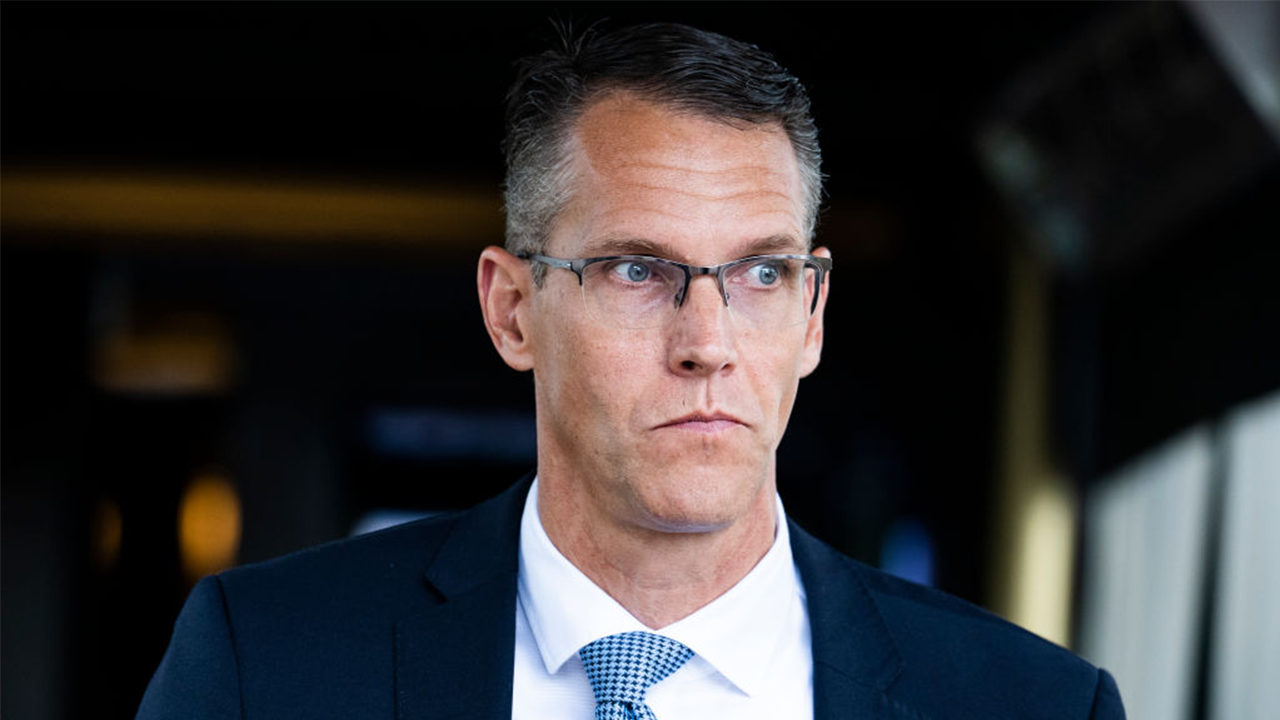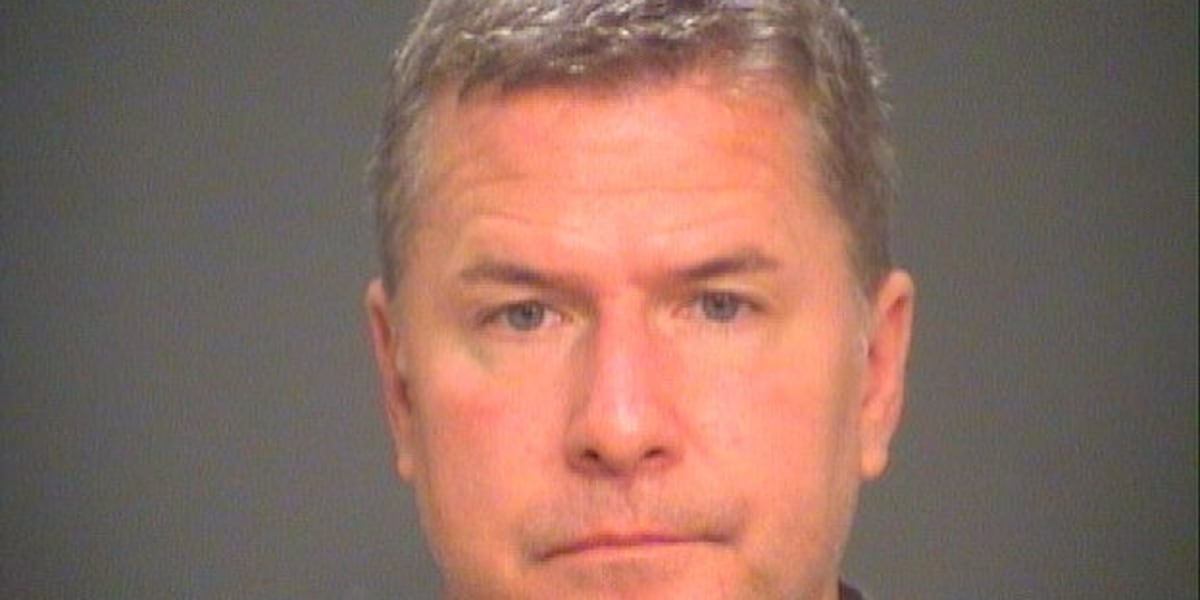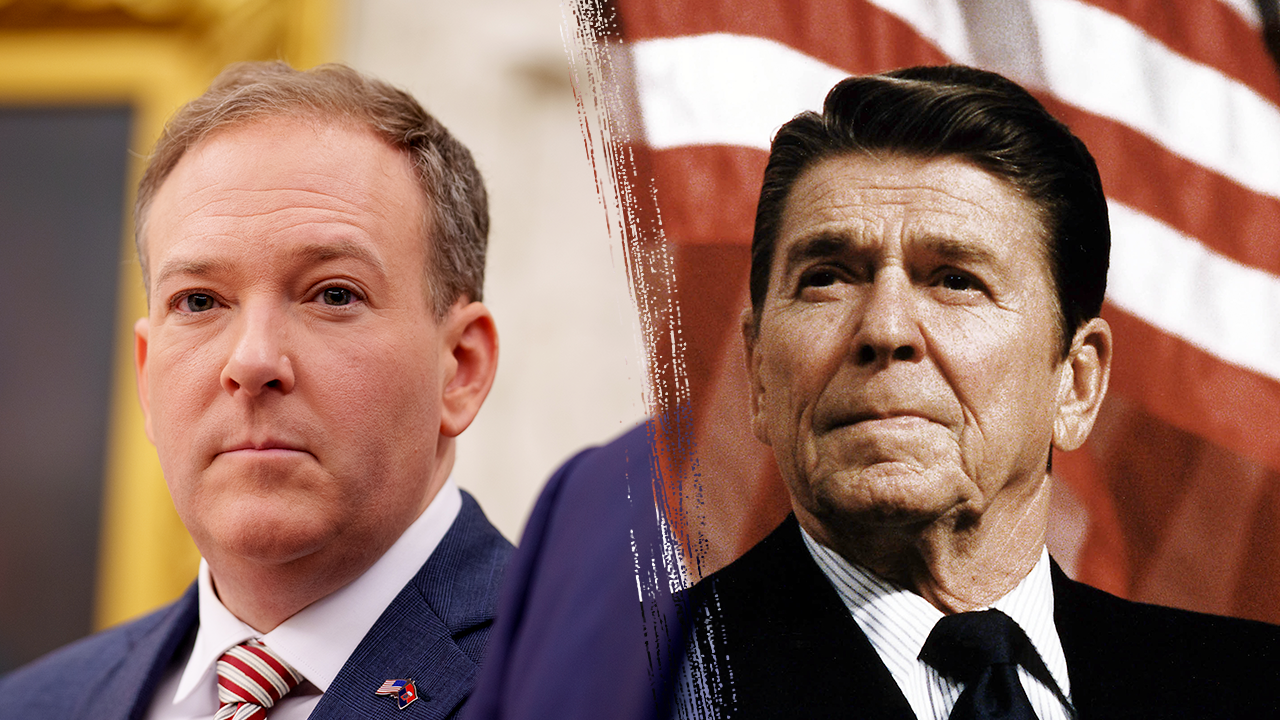Investors braced themselves for Donald Trump to unveil sweeping tariffs on US trading partners on Wednesday in a move that threatens to ignite a full-blown trade war.
Trading on Wall Street was volatile in the lead-up to Trump’s announcement. The S&P 500 fell more than 1 per cent in early trading, but then rapidly swung modestly into positive territory.
The US president has said he will announce new “reciprocal” tariffs on foreign countries in a White House ceremony at 4pm local time on what he has dubbed “liberation day”.
But the scope and scale of the levies remains unclear. Since retaking office, Trump has already announced steep tariffs on Canada and Mexico before watering down the plans.
Traders are already braced for the fallout from the announcement and are wary of making bold calls on what Trump will say, with measures of Wall Street volatility creeping higher in recent days.
“The investor community is universally anxious,” said Robert Tipp, head of global bonds at asset manager PGIM, pointing to “people reducing risk and backing away from credit, backing away from the dollar, backing away from stocks” in recent weeks.
After hours locked in discussions with aides on Tuesday, there was little sign that Trump would back down from his plan to ratchet up duties despite warnings of the impact on the US economy.
White House press secretary Karoline Leavitt said on Tuesday that the tariffs would be “effective immediately” and dismissed the anxiety in markets that has sparked a sharp sell-off in the S&P 500 index in recent weeks.
The US stock exchange was a “snapshot in time”, said Leavitt, echoing comments from other Trump officials that the White House would look past market turbulence stemming from the tariffs.
“The president wants to ensure that Americans make out well, particularly Main Street — that’s the focus of these tariffs. Wall Street will be just fine,” she said.
Trump’s tariff threats and subsequent U-turns have whipsawed markets this year, pushing US equities lower and pressuring the dollar and riskier corporate bonds.
JPMorgan’s fixed-income team sent a note to clients on Tuesday afternoon with the title: “We don’t know what tomorrow brings.” They noted that “markets remained on edge” ahead of the president’s announcements.
European markets fell on Wednesday, with the Stoxx Europe 600 down 0.7 per cent.
While some investors have reaped rewards by riding the volatility, many fund managers have shied away from making directional bets given the president’s unpredictability.
“People are doing aggressively nothing,” said Ed Al-Hussainy, senior rates analyst at Columbia Threadneedle Investments.
To hit US trading partners with tariffs immediately, Trump would need to resort to rarely used emergency economic measures. But whether he offers any relief to allies remains unclear — as does the ultimate purpose of the tariffs.
While Trump’s commerce secretary, Howard Lutnick, has pressed foreign officials for “deals” in meetings held over recent weeks, other Trump aides see the tariffs as a way to raise revenue for planned tax cuts.
Christopher Krueger, managing director at TD Cowen Washington Research Group, said that Trump’s announcement “should answer the biggest question from markets, which is if the tariffs are a means to an end, or the end”.
Gauges of expected market volatility have risen in recent days, with the Vix index of projected equity market turbulence up 4.6 points over the past week to 22, above the long-term average of 20.
A CME index of tumult in the world’s five most-traded currencies and Bank of America’s closely watched gauge of implied volatility in the US Treasury market are both at the highest levels since mid-March.
But those measures remain well below peaks touched this year. Mandy Xu, head of derivatives market intelligence at Cboe Global Markets, said there was little sign of a “‘liberation day’ premium” in equity market volatility pricing.
At the same time, the derivatives market, where futures and options are traded, was showing “little extra risk” priced around April 2, said Rocky Fishman, a derivatives analyst at research group Asym 500.
“Most investors realise that, whatever they think, [Trump’s announcements on Wednesday] could leave them with egg on their face,” said Mike Zigmont, co-head of trading at Visdom Investment Group.



























